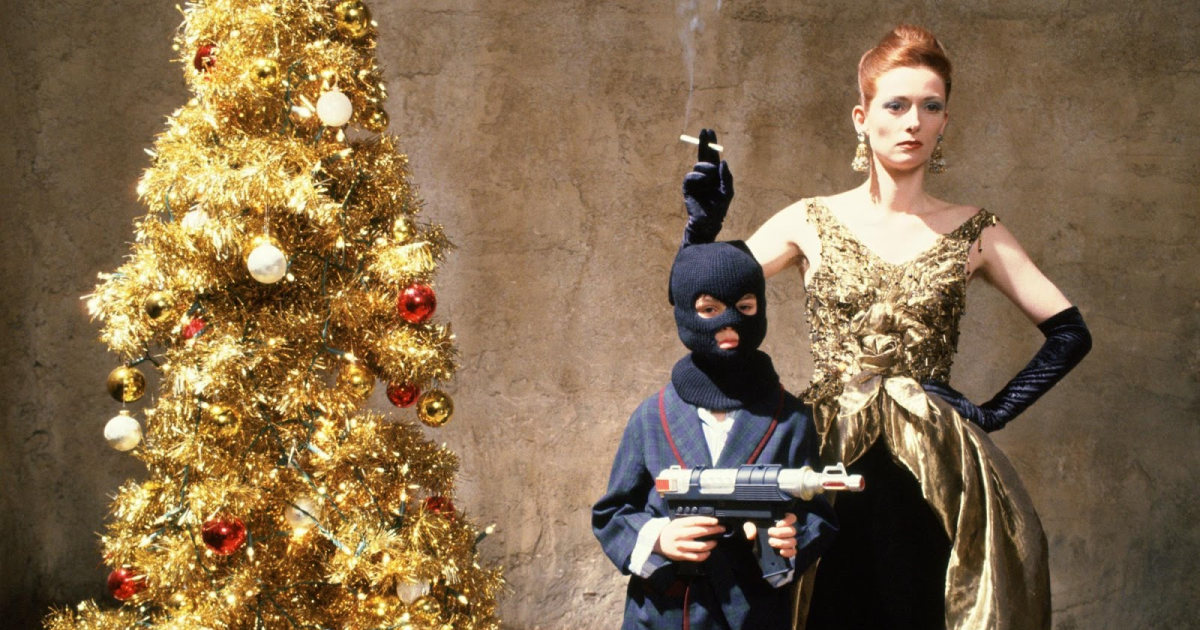The start of the 1990s saw an explosion of gay and lesbian films that defied convention. They mixed postmodern sensibilities with contemporary anxieties about everything from the AIDS epidemic to rampant homophobia. Furthermore, they refracted those concerns through a visual language that borrowed gleefully from the avant-garde and video art yet proved surprisingly marketable.
These were movies hard to label and harder still to ignore. To film critic and scholar B. Ruby Rich, that crop of films represented a period in cinema like none that had come before it — and perhaps since.

“It marked a moment when filmmakers — at whatever risk — were willing to make films that would galvanize people’s attention to injustice and death,” Rich, 76, tells the Times over Zoom from Paris. “And that’s why they still have power.” Famously, Rich called it New Queer Cinema, a term that’s stuck.
Those movies are to be celebrated in an upcoming series at the Academy Museum of Motion Pictures, “Full of Pleasure: The Beginnings of New Queer Cinema.” The showcase, which kicks off June 15, will be screening titles such as Derek Jarman’s melancholy regal drama “Edward II,” Todd Haynes ’ controversial feature debut “Poison” and Cheryl Dunye’s groundbreaking “The Watermelon Woman,” films and filmmakers that ushered in a pivotal juncture in independent cinema by and for the LGBTQ community. Gay directors were producing exciting, innovative work that was taking the .
















